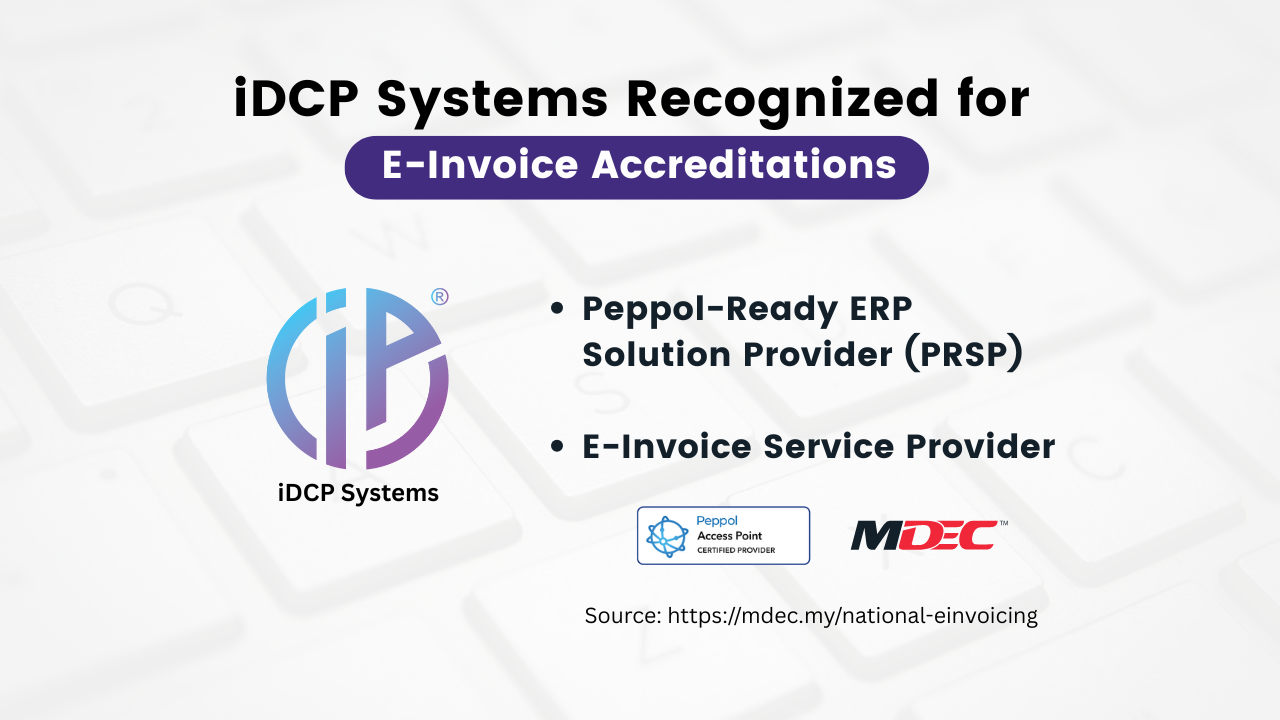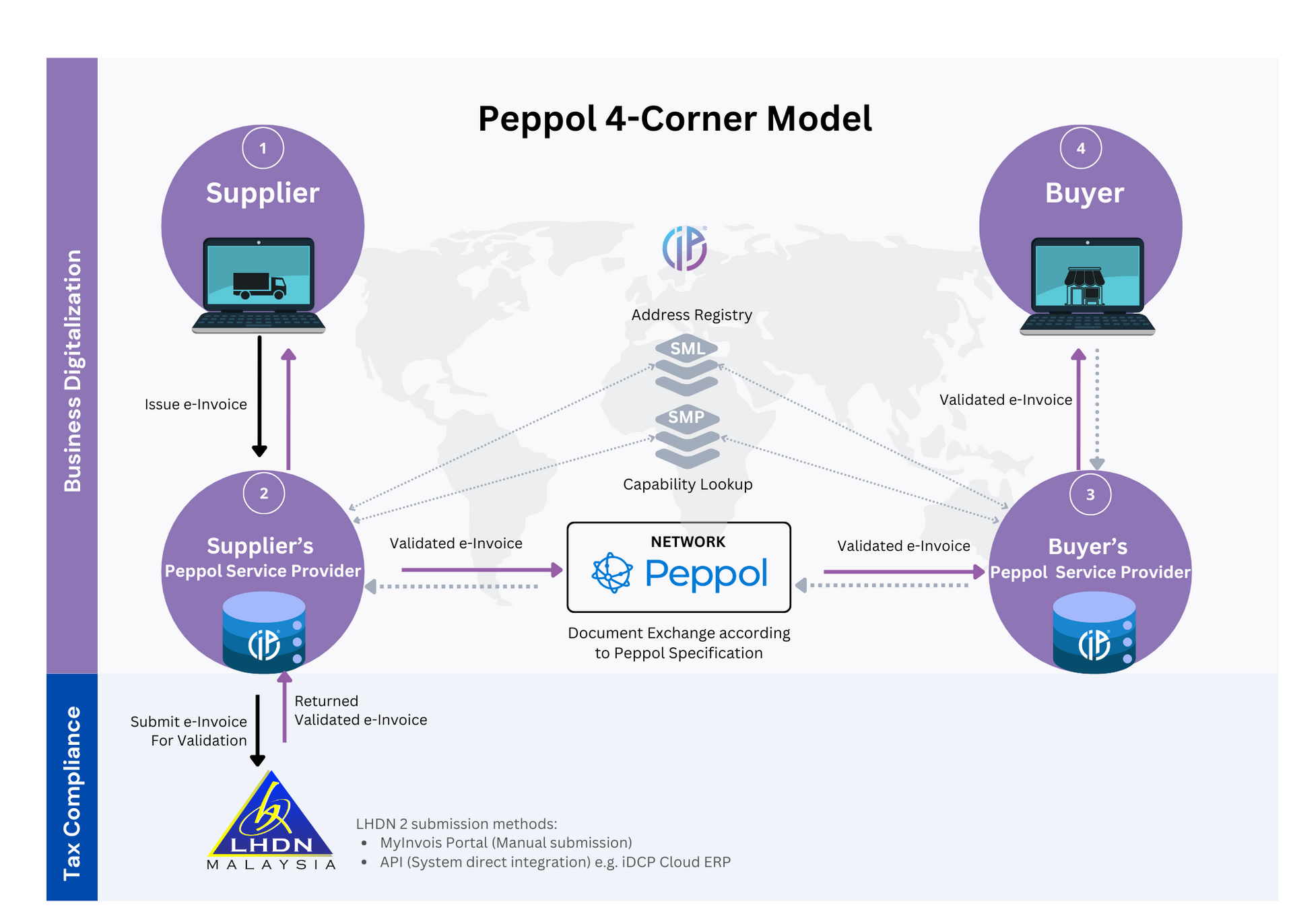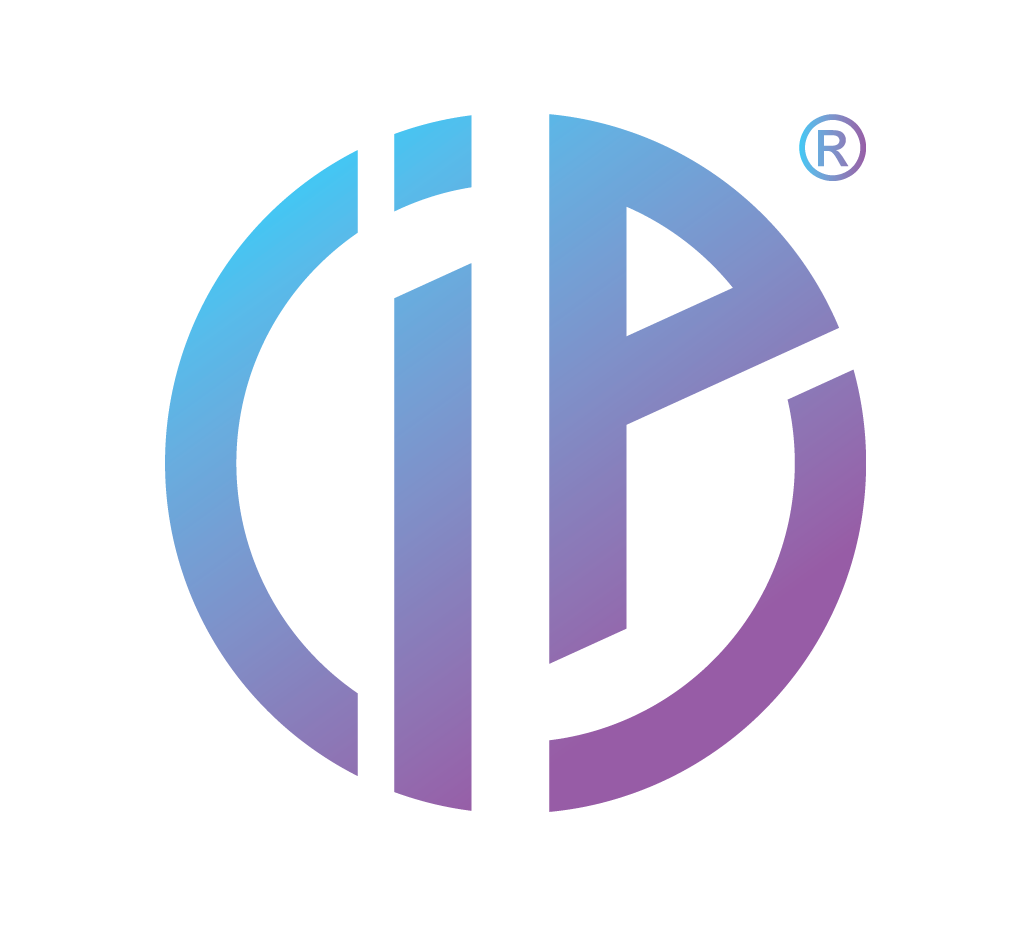iDCP Systems is proud to announce that we have now achieved both recognitions from the Malaysia Digital Economy Corporation (MDEC)- as an accredited
Peppol Service Provider (SP) and a Peppol-Ready ERP Solution Provider (PRSP).
These two important milestones solidify iDCP’s leadership in Malaysia’s digital invoicing transformation, positioning us as a trusted partner for businesses ready to adopt compliant, efficient, and scalable e-invoicing solutions under the government’s National e-Invoicing Initiative.
What Is Peppol and Why It Matters?
Peppol (Pan-European Public Procurement Online) is an international standard for exchanging e-documents like invoices between businesses and government entities across systems and borders. In Malaysia, MDEC has adopted Peppol as the foundation for the country’s e-invoicing infrastructure to improve compliance, reduce fraud, and digitize operations nationwide.
What iDCP’s Dual Accreditation Means for Businesses?
Being both an SP (Access Point) and a PRSP means iDCP can offer a complete, all-in-one solution:
🏆As a Peppol Service Provider (SP)
We manage secure data gateways that connect your business to the Peppol network. This allows you to send and receive e-invoices locally or internationally- without handling the technical setup yourself.
🏆As a Peppol-Ready ERP Solution Provider (PRSP)
iDCP ERP Software Solution is certified to generate, send, and receive Peppol-compliant e-invoices. This ensures that your system is fully compatible with LHDN requirements- now and in the future.
See iDCP Accreditations:
How Peppol E-Invoicing Works in Malaysia (4-Corner Model)?
Malaysia’s Peppol-based e-invoicing system includes integration with LHDN, Malaysia’s tax authority. Here’s how the flow works:
Corner 1: Supplier Creates the Invoice
The process begins when a business (the supplier) generates an invoice using their ERP system- such as iDCP Cloud ERP, which is Peppol-Ready. This invoice is formatted according to national e-invoicing requirements and sent to the supplier’s Peppol-Accredited Service Provider (like iDCP).
Corner 2: Supplier’s Service Provider Validates and Transmits the Invoice
As the supplier’s Peppol Service Provider (SP), iDCP handles the technical processes required to ensure that the invoice is correctly structured and routed. This includes:
User verification via the Peppol Address Registry (SML/SMP) to confirm the buyer is reachable through the network.
Invoice conversion into Peppol BIS 3.0 format, which ensures standardization for global interoperability.
Submission to LHDN via API for mandatory tax validation.
Return of validated invoice once approved by LHDN.
Final delivery of the validated e-invoice to the buyer’s Peppol Service Provider.
Corner 3: Buyer’s Service Provider Processes the Invoice.
The buyer’s Peppol-Accredited SP (Access Point) receives the validated e-invoice and converts it into a format that is compatible with the buyer’s internal accounting or ERP system. This ensures seamless integration without the need for manual data re-entry or reconciliation.
Corner 4: Buyer Receives the E-Invoice
The buyer receives the e-invoice in their system without the need for manual data entry.
For only tax compliance purposes, companies have two options: they can either use the MyInvois portal or integrate their systems (e.g. iDCP Cloud ERP) directly with LHDN through API.
How Businesses to Stay Compliant:
Businesses in Malaysia have two options to comply with LHDN’s e-invoicing requirements:
1.Use the MyInvois Portal (Manual):
A government-hosted web portal that allows users to manually key in invoices. Suitable for small businesses with limited transactions.
2. API Integration via Accredited Providers (Automated):
Ideal for businesses seeking automation. With iDCP's dual accreditation (SP + PRSP), companies can connect directly to LHDN through API middleware, reducing manual work, avoiding duplicate entries, and ensuring accuracy.
Whether you're a growing SME or an enterprise with high-volume transactions, iDCP offers flexible integration paths that match your operational needs.






